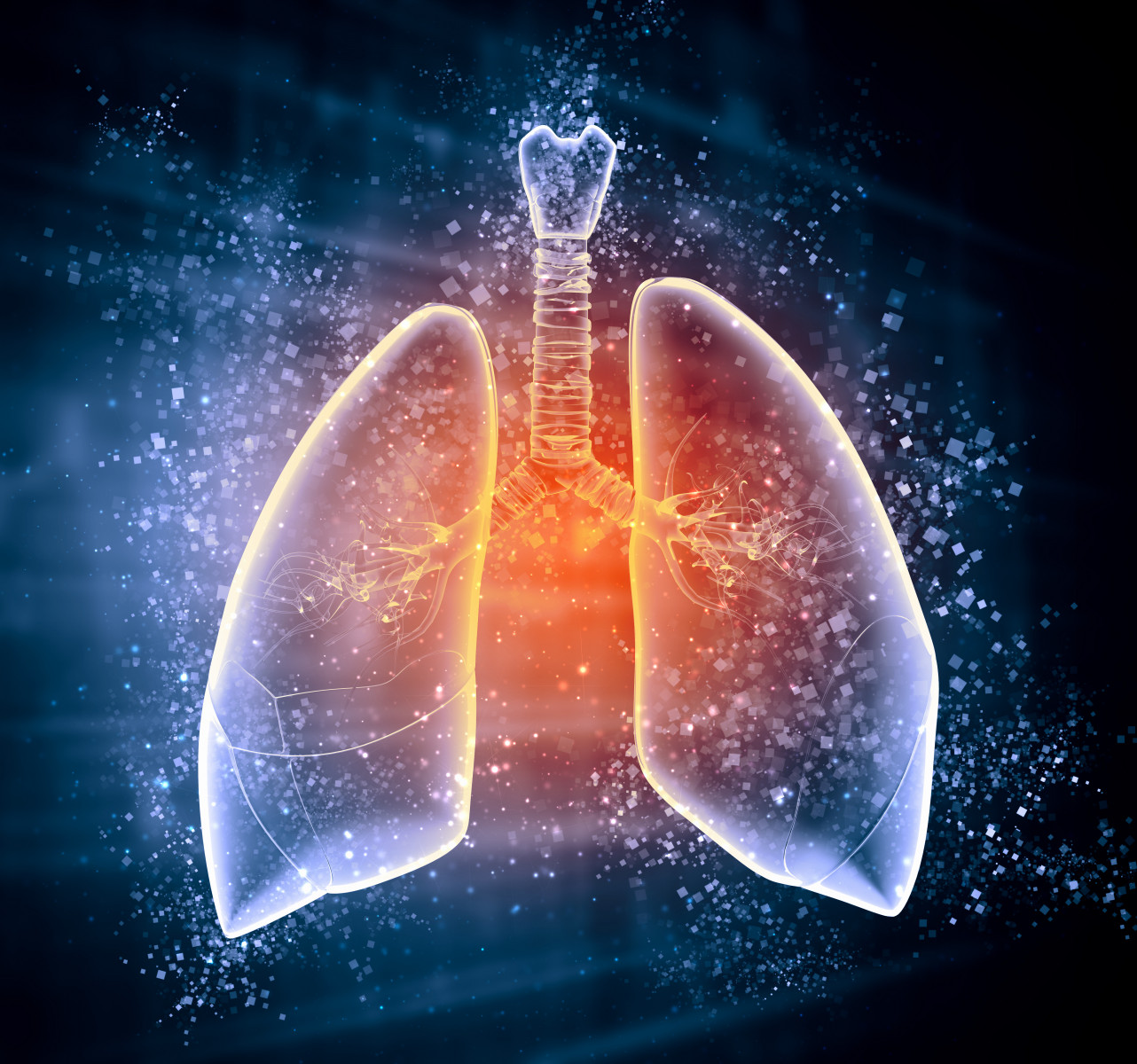Noninvasive XV Technology May Lead to Faster CF Diagnosis and Better Treatment
Written by |

A new non-invasive tool, called XV technology, allows professionals to visualize airflow in a living lungs and could help in the diagnosis, monitoring, and treatment of cystic fibrosis (CF) and other respiratory lung diseases, scientists report.
The technology was developed by researchers at Monash University, and has been patented by the Australian-based med-tech company 4Dx Limited. The company states that XV technology showed its potential in a clinical trial in people being treated for cancer.
A proof-of-concept preclinical study in mice, “Real-time in vivo imaging of regional lung function in a mouse model of cystic fibrosis on a laboratory X-ray source,” was also published in the journal Nature Scientific Reports.
Current ways of diagnosing respiratory lung diseases, such as pulmonary function tests and imaging techniques (chest X-ray, CT scans, MRIs), can have drawbacks, the company notes on a webpage. While some of these tests are poor at detecting early stages of lung disease, others can require sedation or radiation doses, or lack sensitivity and resolution.
“The early diagnosis and ongoing monitoring of genetic and chronic lung diseases, such as cystic fibrosis, asthma, and lung cancer, is currently hampered by the inability to capture the spatial distribution of lung function in a breathing lung,” Rhiannon Murrie, PhD, with the department of Mechanical and Aerospace Engineering at Monash and a study leader, said in a press release.
“Since pulmonary function tests are measured at the mouth, these tests are unable to localise where in the lung any change in function originates. Additionally, CT scans, while providing quality 3D images, cannot image the lung while it is breathing, which means airflow through the airways and into the lung tissue cannot be measured,” Murrie added.
Airflow and lung function can be measured using phase contrast X-ray imaging (PCXI), an imaging technique shown to provide sensitive and high-resolution images of lung tissue in animal studies, and one that can track airflow through the airways.
PCXI detailed images allow “the application of four-dimensional X-ray velocimetry (4DxV) to track lung tissue motion [lung expansion and contraction throughout the breath], and provide quantitative information on regional lung function,” the researchers wrote.
“Structural changes from obstructive lung diseases such as asthma, COPD, emphysema, and CF will alter the airflow within the bronchial tree, and change the 4DxV lung expansion map, allowing poorly ventilated regions of the lung to be located,” they added.
But PCXI, while a validated imaging technique, requires high-tech synchrotron facilities. (A synchrotron is a particle accelerator that allows the study of different materials and living matter.)
Researchers at Monash translated this technology into a laboratory setting, and validated a high-speed, custom-built version in a CF mouse model by acquiring images of the lungs and airways of living mice at 30 frames per second.
The technology was able to capture differences in airflow between CF mice and healthy mice serving as controls. Airflow was uniform throughout the airways of healthy mice, which translated to an equal expansion and aeration of lung tissue in both the left and right lung lobes.
In mice in a model of CF, it took longer for the air to be expelled from the left lung, indicating an obstructive airway path and a reduction in local lung function.
“Our study is a demonstration that a wealth of lung function information can be obtained from measures of lung motion in a laboratory setting,” the researchers wrote.
“These 4DxV techniques are a novel tool that will enable localised quantification of a range of respiratory diseases to be made in small animal models, and in the future will likely facilitate advances in patient diagnosis, treatment, and monitoring,” they added.
According to the team, a 2D version of this technology is currently under review by the U.S. Food and Drug Administration for diagnostic purposes in a clinical setting.
“The ability to perform this technique in the lab makes longitudinal studies on disease progression and treatment development feasible at readily accessible facilities across the world,” Murrie said.
The study was partly funded by the National Health and Medical Research Council (NHMRC) and the Cystic Fibrosis Foundation.
Six of this study’s 14 researchers have interests in 4Dx Limited, and three are listed on its patents. Andreas Fouras, the study’s lead author, is the company’s CEO.






